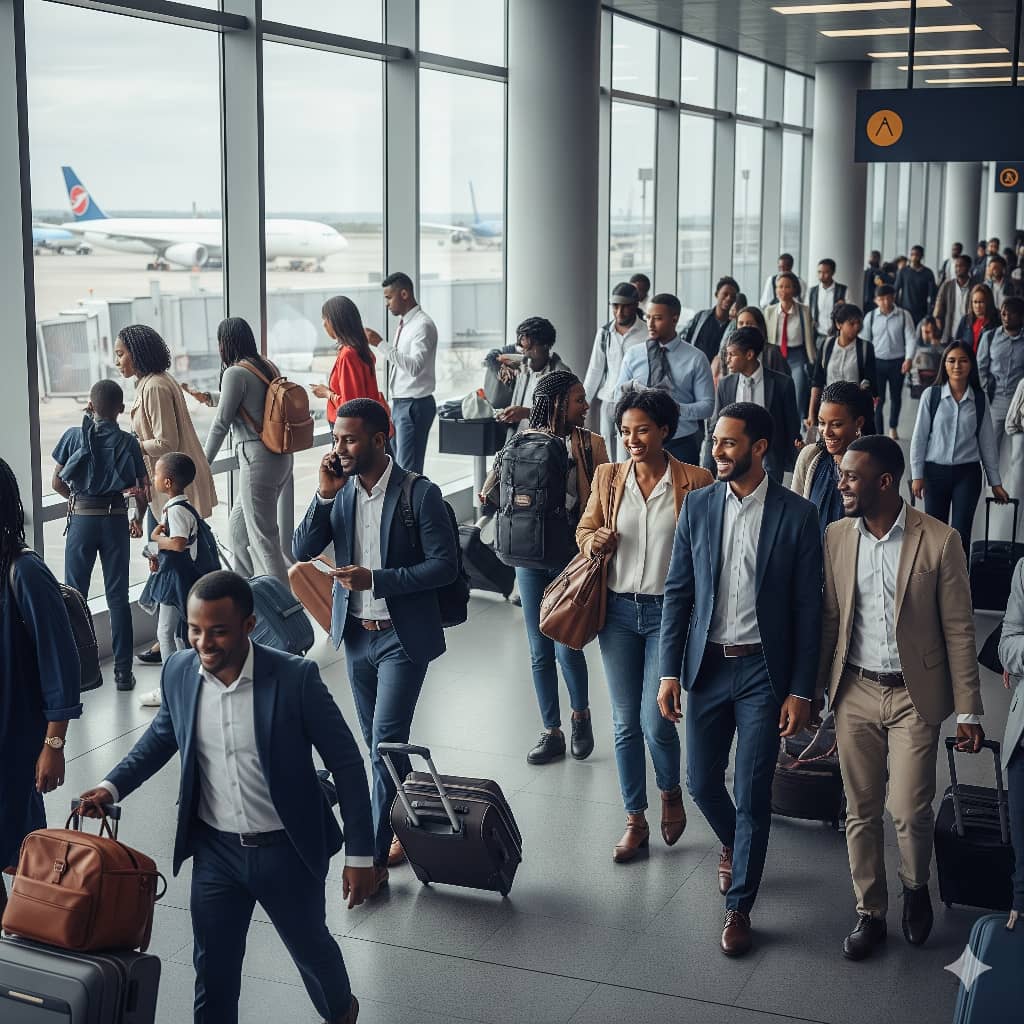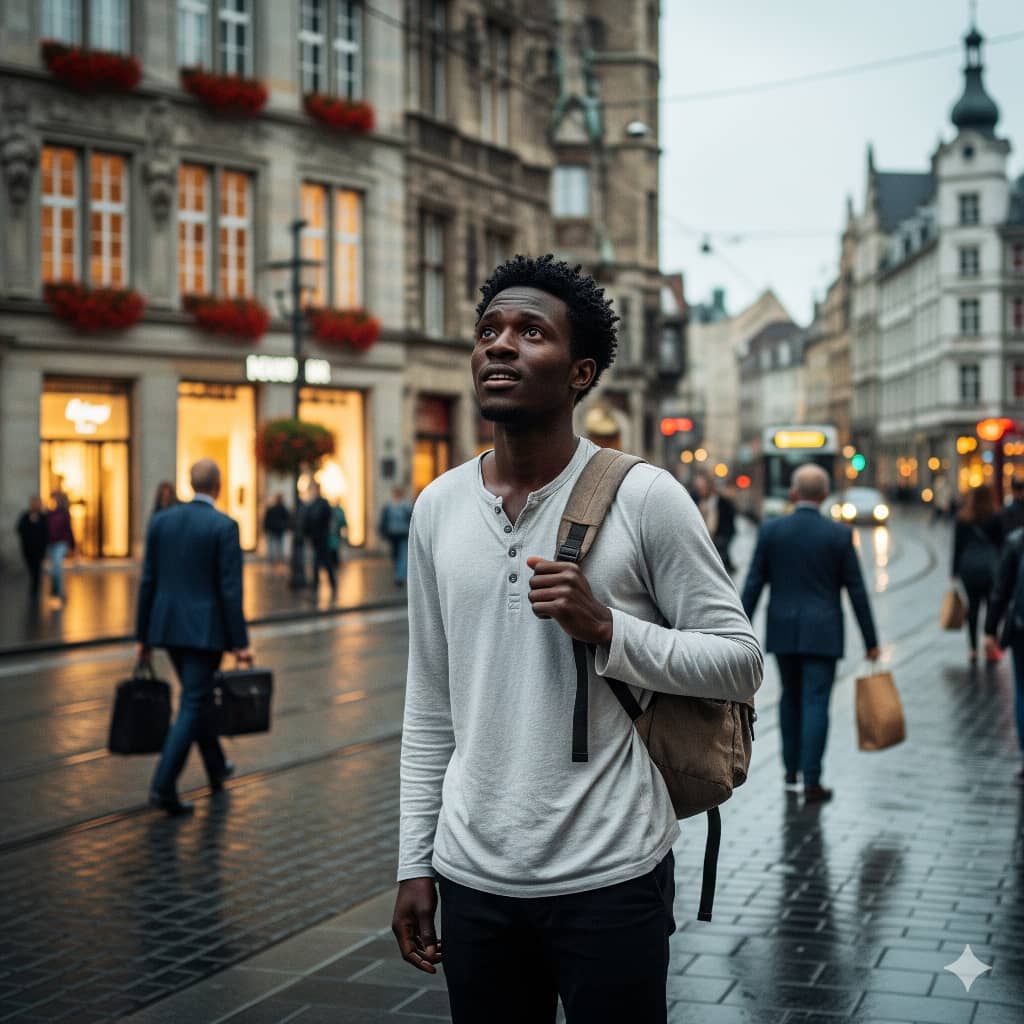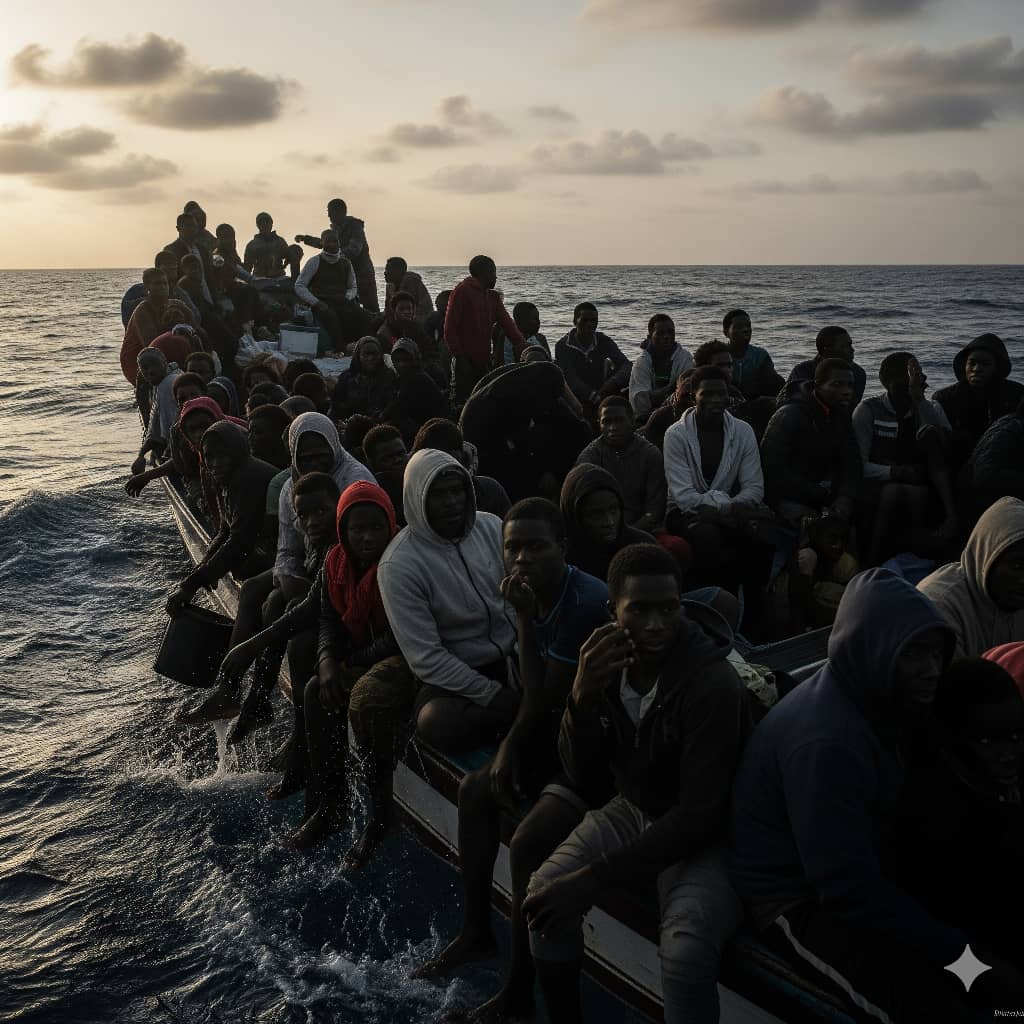Migration: Moving Beyond Borders and Misconceptions
By: Millicent Umoru

Migration is one of the most defining phenomena of the modern world. Every year, millions of people leave their homes in search of safety, opportunity, or a better life. Some cross continents, others move just a few kilometers. But behind every migration statistic is a deeply personal story—one of hope, resilience, and sometimes, survival.
What is Migration?
Migration refers to the movement of people from one place to another with the intention of settling temporarily or permanently in the new location. This can occur within a country (internal migration) or across international borders (international migration).
People migrate for a variety of reasons, and these reasons are often categorized into two main groups:
-
Voluntary migration, where individuals move by choice, usually for work, education, or family reunification.

-
Forced migration, where people flee due to conflict, persecution, natural disasters, or environmental degradation.

Why Do People Migrate?
Migration is driven by a complex mix of push and pull factors:
-
Push factors are conditions that drive people to leave their home countries. These include poverty, unemployment, violence, war, political instability, and climate change.
-
Pull factors attract individuals to a new place. These may include job opportunities, better living standards, safety, educational prospects, and family reunification.
In today’s globalized world, migration is also facilitated by better transportation, communication technologies, and broader awareness of life in other countries.
Types of Migration
-
Economic Migration
Many people move in search of better employment and income. This is particularly common from developing countries to more developed economies. -
Refugee and Asylum-Seeking Migration
People fleeing war, persecutions, or natural disasters often seek refuge in other countries, hoping for legal protection and basic human rights. -
Family-Based Migration
Individuals move to join family members who have already settled in a different place or country. -
Educational Migration
Students relocate to pursue better educational opportunities, often in developed countries with renowned institutions. -
Seasonal and Circular Migration
Some individuals, especially in agricultural or tourism sectors, migrate temporarily to meet labor demands during specific seasons.
The Impact of Migration
Migration has far-reaching impacts on individuals, societies, and nations—both positive and negative.
Positive Impacts:
-
Economic Growth: Migrants contribute significantly to host economies, often filling labor shortages and starting businesses.
-
Cultural Diversity: Migration enriches societies by bringing in new cultures, languages, and perspectives.
-
Global Connectivity: Migrants act as bridges between countries, fostering cross-border relationships and trade.
-
Remittances: Migrants often send money back home, supporting families and local economies in their countries of origin.
Challenges and Concerns:
-
Integration: Newcomers may face challenges in adapting to new cultures, languages, and legal systems.
-
Social Tensions: In some places, migration can lead to xenophobia, discrimination, and political polarization.
-
Brain Drain: When skilled professionals leave developing countries for better opportunities, their home countries can suffer long-term economic setbacks.
-
Border and Humanitarian Crises: Irregular migration can result in dangerous journeys, human trafficking, and humanitarian emergencies.
Migration and the Media
Unfortunately, migration is often politicized and misrepresented. Sensational headlines and stereotypes can create fear and misinformation, portraying migrants as threats rather than contributors.
It is crucial to humanize the migration narrative—recognizing that behind every migrant is a person seeking dignity, opportunity, and security.
Global Responses and the Way Forward
Governments, international organizations, and civil society groups are working toward managing migration more effectively and humanely. Key areas of focus include:
-
Safe and Legal Pathways: Creating more structured and humane ways for people to migrate reduces the risks of exploitation and illegal activity.
-
Integration Programs: Language classes, job placement assistance, and cultural orientation programs help migrants become productive members of their new communities.
-
International Cooperation: Migration is a global issue that requires cross-border solutions. Agreements like the Global Compact for Migration aim to improve coordination among countries.
What Can We Do?
-
Educate Ourselves: Understanding the realities of migration helps combat myths and stereotypes.
-
Support Migrant Communities: Volunteer, donate, or support local initiatives that help migrants and refugees.
-
Advocate for Fair Policies: Encourage leaders to adopt humane and inclusive migration policies.
-
Celebrate Diversity: Embrace the cultural richness that migration brings to our communities.
Migration is not just a trend. it is a human story as old as civilization itself. Whether driven by necessity or ambition, people have always moved in search of better lives. In a time of increasing global division, it is more important than ever to approach migration with empathy, understanding, and a commitment to justice.

